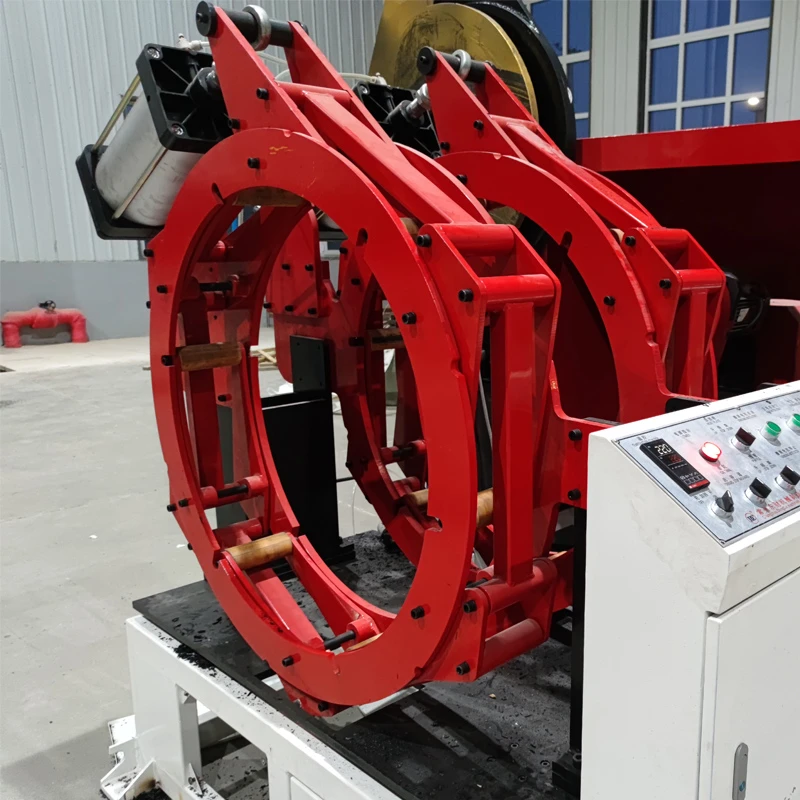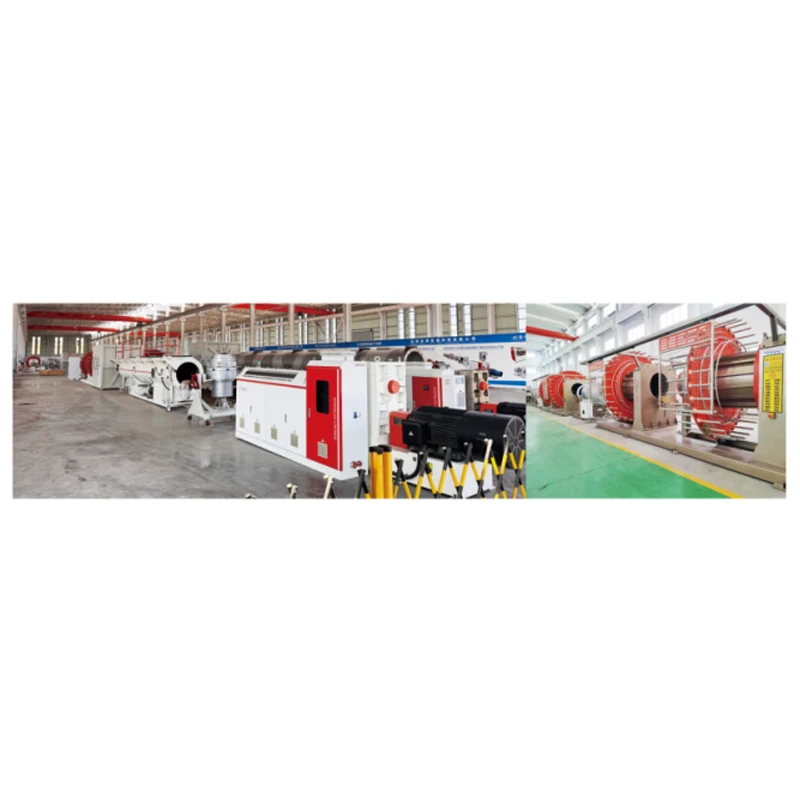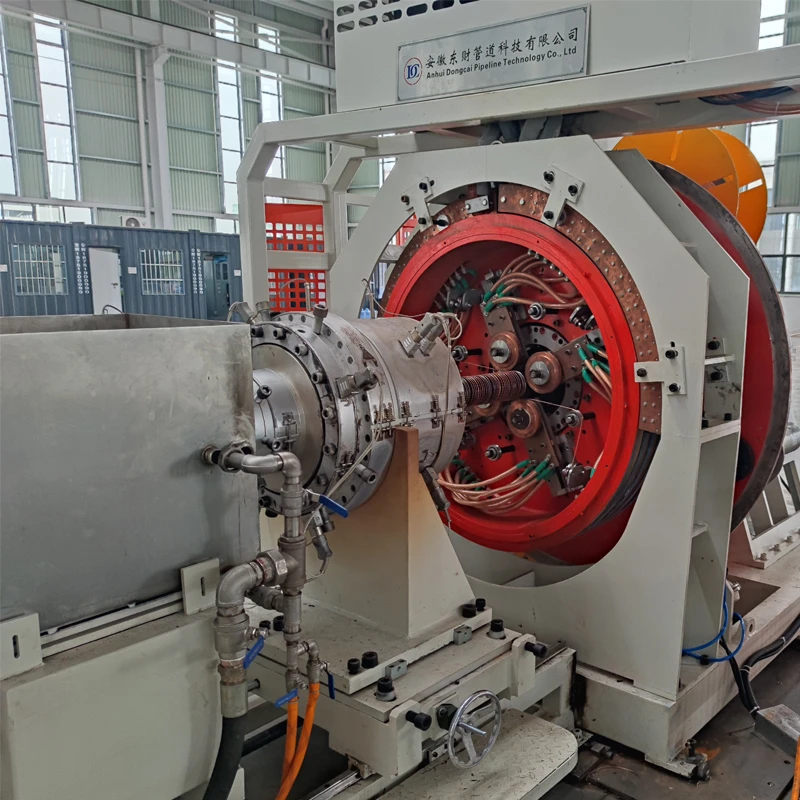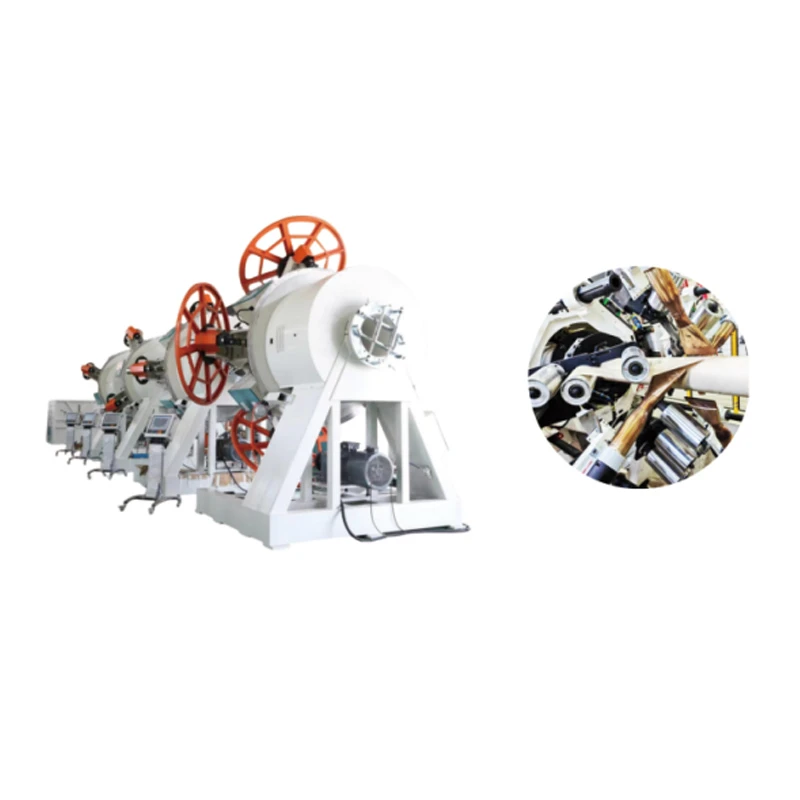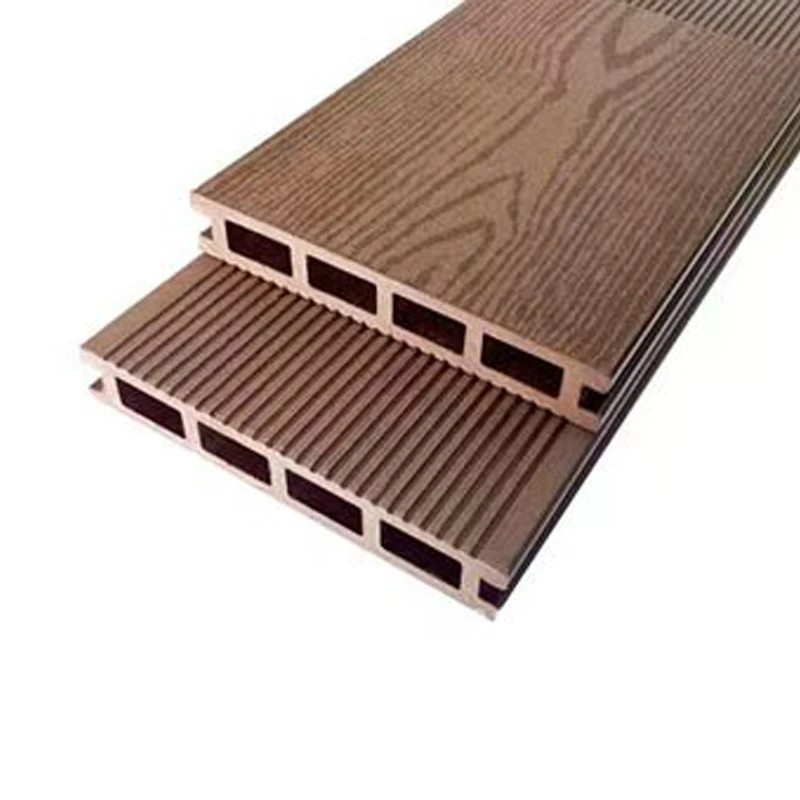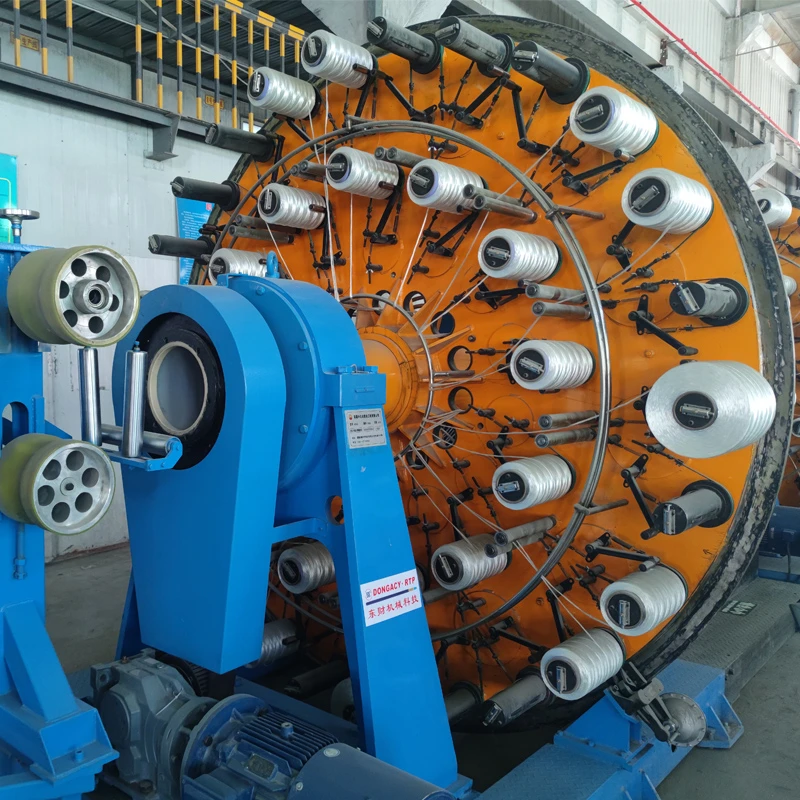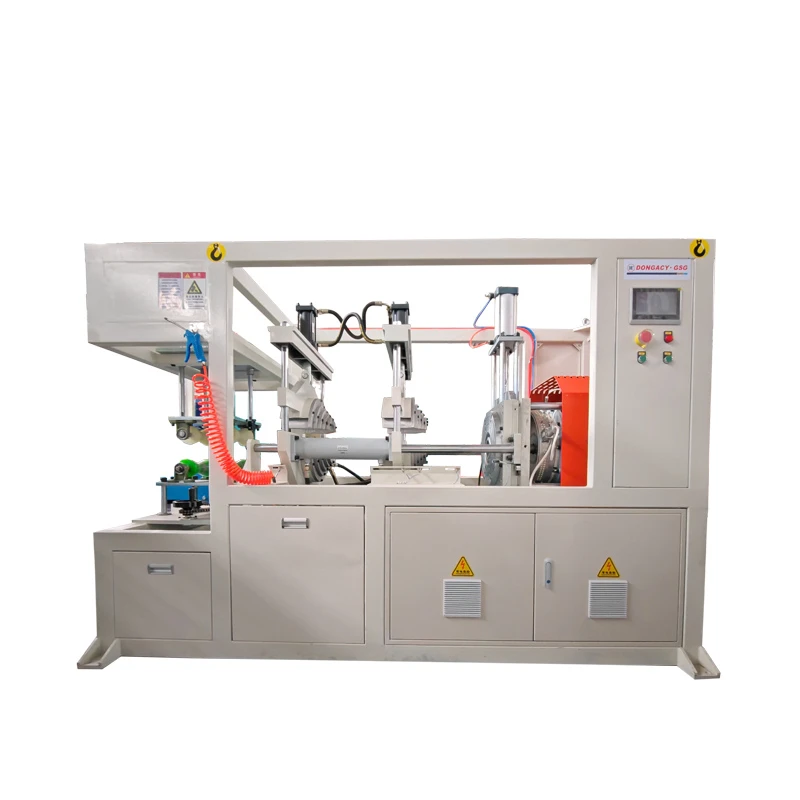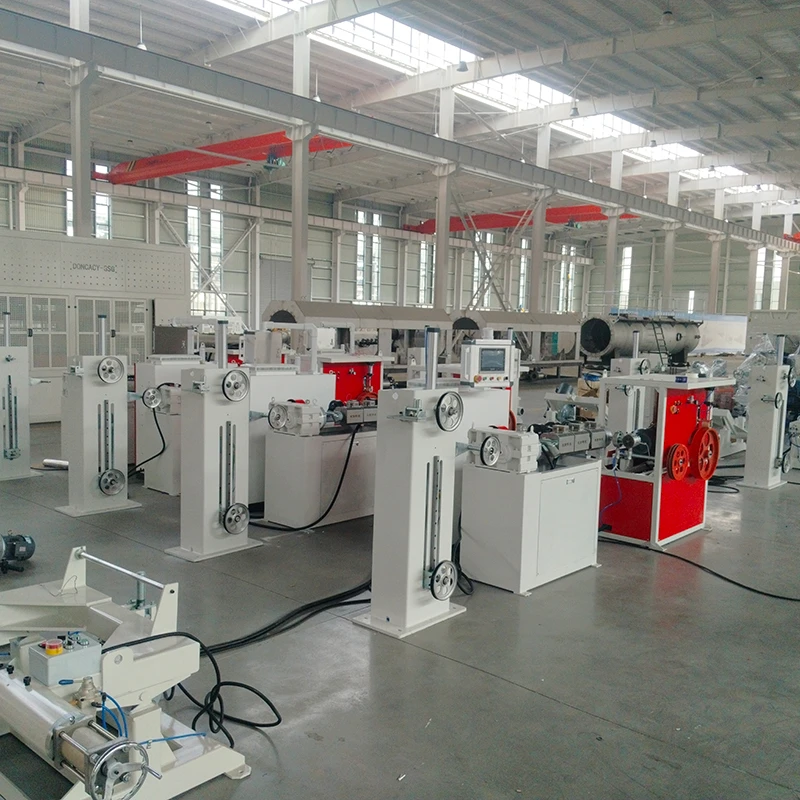
- Introduction: Understanding the Profile Plastic Extrusion Line
- Market Insights and Growth Data
- Technical Advantages of Modern Extrusion Lines
- Comparative Analysis: Leading Manufacturers
- Customization Options: Tailoring to Unique Needs
- Application Case Studies: Real-world Performance
- Conclusion: Why Choose a Profile Plastic Extrusion Line for Your Production
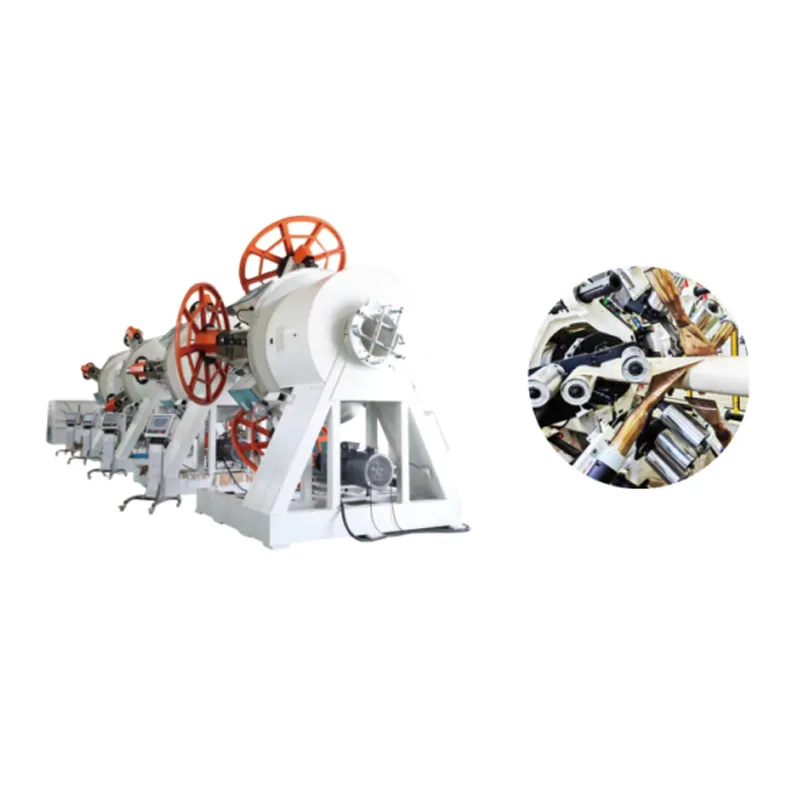
(profile plastic extrusion line)
Introduction: What is a Profile Plastic Extrusion Line?
A profile plastic extrusion line
is a sophisticated manufacturing setup designed for the continuous production of plastic profiles, such as window frames, cable ducts, skirting, and various construction components. These systems are engineered to transform raw polymers into distinct cross-sectional profiles through a tightly controlled heating and shaping process. Utilizing advanced machinery, operators can precisely monitor temperature, pressure, and speed to achieve consistent and high-quality outputs meeting stringent industry standards.
The evolution of plastic profile extrusion lines over the past decade has enabled considerable growth in efficiency and flexibility. Companies today rely on this technology not only for volume output but also for its capability to deliver customized solutions with tight tolerances and a wide material selection ranging from PVC and PE to advanced engineering plastics. As the demand for lightweight, corrosion-resistant, and energy-efficient materials escalates across industries, the significance of plastic profile production lines continues to rise globally.
Market Insights and Growth Data
The global plastic extrusion line market is witnessing impressive growth, propelled by the building, automotive, and electrical sectors. According to the latest data from Grand View Research and MarketsandMarkets, the worldwide extrusion machinery market is projected to reach USD 8.63 billion by 2028, with a CAGR of 4.6% from 2021 to 2028. Within this, plastic profile extrusion segments contribute a significant share, especially in regions such as Asia-Pacific and Europe, where urban development and green construction are top priorities.
Advanced extrusion technology caters not only to volume requirements but also to stricter sustainability mandates. In fact, recent reports detail that over 65% of newly installed extrusion lines are now equipped with energy-efficient motors and smart process controls, slashing power consumption by up to 30% compared to machines from ten years ago. This shift underscores the balance between capacity, cost-effectiveness, and ecological responsibility that modern manufacturers are striving for.
Technical Advantages of Modern Extrusion Lines
Today’s plastic profile extrusion lines are engineered for reliability, innovation, and low operational costs. Featuring enhanced screw and barrel designs, these systems deliver uniform material melt with minimized thermal degradation. State-of-the-art computerized control systems enable real-time data acquisition, allowing for optimal parameter management and error detection. Automatic thickness gauges, precise cooling calibrators, and high-speed haul-off units further ensure dimensional stability across the full length of each profile.
Notably, modern extrusion lines offer modularity for fast changeovers. With plug-and-play downstream equipment and interchangeable dies, manufacturers can seamlessly switch between product types without extensive downtime — a crucial advantage when serving markets that need diverse profiles at short notice. Energy-efficient heating zones, centralized lubrication, and predictive maintenance dashboards all contribute to reduced operating costs and longer machinery life cycles, increasing overall return on investment.
Comparative Analysis: Leading Manufacturers
To make informed investment decisions, it is crucial to evaluate the offerings from top-tier plastic profile extrusion line manufacturers. The following table provides a comparative overview of three industry leaders based on key metrics:
| Manufacturer | Main Product | Output Capacity (kg/h) | Power Consumption (kWh/kg) | Control System | Energy Efficiency Features | Customization Ability | After-Sales Support |
|---|---|---|---|---|---|---|---|
| KraussMaffei | PVC Window Profile Line | 400-800 | 0.22 | Siemens PLC with SCADA | Servo-driven motors, waste heat recovery | High, modular dies and downstream | 24/7 global support, remote diagnostics |
| Battenfeld-Cincinnati | WPC Profile Line | 350-700 | 0.25 | Allen-Bradley PLC, touch panel | Energy monitoring, optimized barrel heating | Medium, user-defined controls | On-site training, spare parts program |
| Qingdao Sincere Machinery | PE Cable Duct Line | 280-500 | 0.19 | Mitsubishi PLC, IoT integration | Inverter-driven system, quick start/stop | Excellent, bespoke upstream & downstream | Lifetime technical consultation |
While each supplier demonstrates robust engineering and support, differences in energy usage, capacity, and customization can guide procurement according to specific production targets and budgetary restraints.
Customization Options: Tailoring to Unique Needs
One of the defining strengths of contemporary plastic profile extrusion lines is their tailored flexibility. Manufacturers understand that no two customers have identical requirements, and as a result, they offer a spectrum of customization options. This can include screw and barrel designs for handling different material characteristics (e.g., soft PVC, rigid PVC, WPC, PP, PE), die geometry customizable for intricate cross-sections, and specialized calibration systems for dimensional accuracy.
- Material Versatility: Selectable feed zones, degassing units, and screw coatings enable processing of recycled or highly filled formulations.
- Downstream Adaptation: Vacuum tanks, haul-off units, and cutting saws are available in various sizes for different profile widths and thicknesses.
- Integrated Quality Control: Automated camera inspection, laser measurement, and in-line embossing for continuous quality assurance.
- Smart Factory Integration: IoT-enabled extruder controls allow remote monitoring, predictive maintenance, and streamlined production tracking.
- Color & Finish Customization: Multi-component dosing systems and surface texturing capabilities deliver bespoke hues and tactile effects.
For clients in need of proprietary designs or batch-specific modifications, leading suppliers routinely offer collaborative engineering, prototyping, and pilot-run services to ensure the final solution aligns with operational goals.
Application Case Studies: Real-world Performance
Profile plastic extrusion lines have enabled manufacturers to meet stringent project specifications across diverse industries. Highlighting several real-world installations illustrates the measurable impact of contemporary extrusion solutions.
- Energy-saving Window Profiles for Commercial Buildings: A German window manufacturer adopted an energy-efficient extrusion line, reducing energy costs by 27% and boosting profile output by 21% compared to its previous setup. The integrated real-time defect detection system lowered rework rates to under 2%, while rapid tool changeover enabled production of six different shapes in an 8-hour shift.
- WPC Decking Production for Outdoor Applications: An Indian construction products company leveraged a twin-screw WPC profile line to manufacture decking profiles resistant to humidity, UV, and termites. Extensive customization—including reversible dies and adaptive cooling—allowed output of 570 kg/h, fulfilling seasonal surges in demand with consistently high product quality.
- Electrical Cable Ducts for Urban Infrastructure: A Southeast Asian supplier scaled up duct production with a fully automated PE extrusion line, integrating IoT controls and energy-optimized downstream. This pushed output above 400 kg/h, with 99.5% dimensional accuracy, enabling the company to rapidly meet government procurement schedules.
These cases demonstrate how state-of-the-art extrusion lines increase productivity, reduce operational costs, and meet rigorous performance benchmarks in volume-driven and specialty markets alike.
Conclusion: Key Benefits of the Profile Plastic Extrusion Line
Selecting the right profile plastic extrusion line is a defining factor in long-term manufacturing success. With advanced technology, tailored engineering, and proven operational cost benefits, plastic profile extrusion lines are empowering businesses to respond swiftly to industry trends and evolving environmental standards. Whether in construction, automotive, or electrical infrastructure, the next-generation plastic profile production line offers unmatched opportunities for quality, flexibility, and scale.
By giving careful consideration to market data, technical features, supplier strengths, customization possibilities, and real-world performance, companies can confidently invest in extrusion systems that drive efficiency, sustainability, and profitability for years to come.
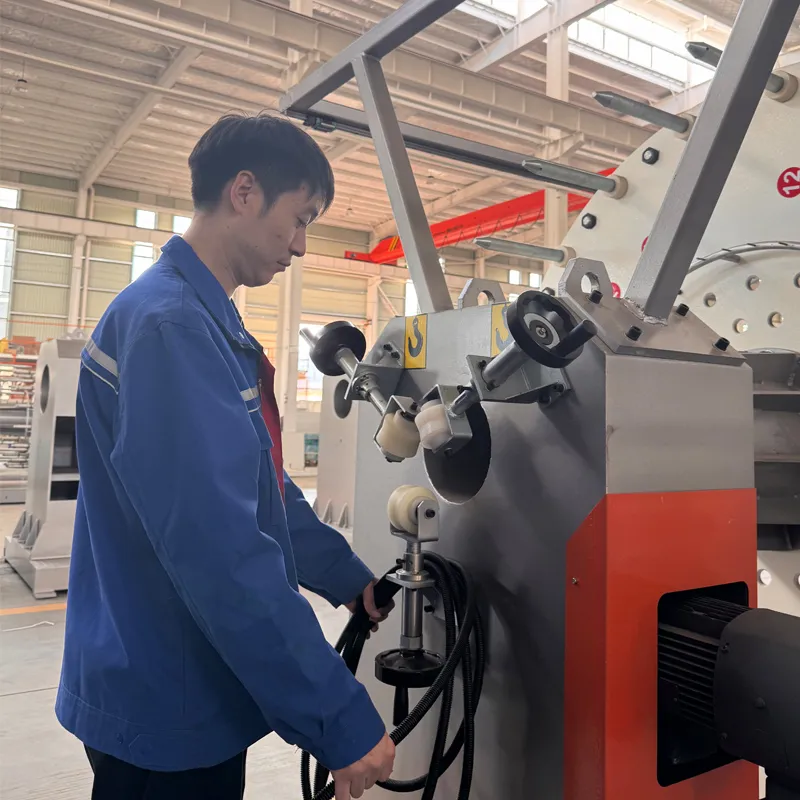
(profile plastic extrusion line)
FAQS on profile plastic extrusion line
Q: What is a profile plastic extrusion line?
A: A profile plastic extrusion line is a manufacturing system designed to produce plastic profiles of various shapes and sizes. It consists of several machines working together to melt, shape, and cool the plastic material. This equipment is essential for creating products like window frames, pipes, and decorative trims.Q: What materials can be processed with a plastic profile extrusion line?
A: A plastic profile extrusion line can process various thermoplastics, including PVC, PE, PP, and ABS. The choice of material depends on the final product requirements. Each material offers unique physical and chemical properties.Q: How does a plastic profile production line work?
A: The plastic profile production line melts raw plastic pellets and pushes them through a shaped die to create the desired profile. The extruded plastic is then cooled and cut to length. This process enables continuous mass production of uniform profiles.Q: What are the main applications of profile plastic extrusion lines?
A: Profile plastic extrusion lines are used to manufacture window profiles, door frames, cable ducts, and decorative moldings. They can also produce customized plastic components for a variety of industries. The versatility of the extrusion line suits many production needs.Q: How do you choose the right plastic profile extrusion line?
A: To choose the right extrusion line, consider the type of plastic, required profile dimensions, and desired output speed. Consulting with equipment manufacturers can help determine the optimal setup. Ensure the line meets both quality and capacity expectations.-
PVC Profiles: The Future of Durable and Cost-Effective Construction SolutionsNewsJun.06,2025
-
PVC Pipe Extrusion LineNewsJun.06,2025
-
High-Quality Polyethylene Pipe Production LineNewsJun.06,2025
-
High-Performance Tube Production LineNewsJun.06,2025
-
Advanced Plastic Pipe Production LineNewsJun.06,2025
-
Hdpe Steel Wire Mesh Reinforced Polyethylene Skeleton PipeNewsJun.06,2025
-
Tube and Pipe ManufacturingNewsMay.14,2025

